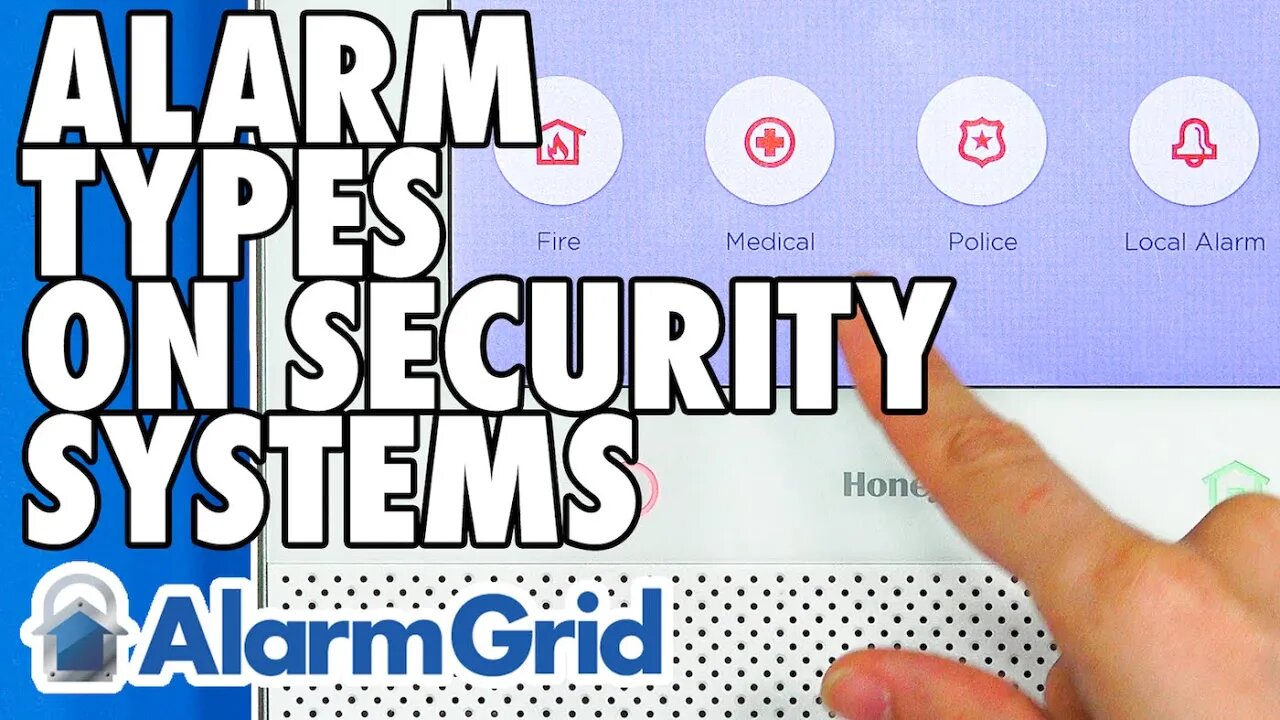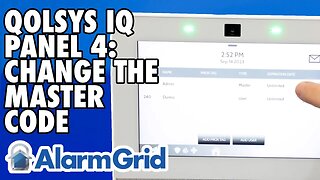Premium Only Content

Different Alarm Types on Security Systems
In this video, Michael from Alarm Grid talks about the different types of alarm that can occur on a security system. When an alarm occurs on a system, an alert is sent to the central station and/or the end user directly, depending on the user's alarm monitoring plan. The reason why there are different types of alarms is because the appropriate response for one emergency may be very different than the response for another emergency. When the central station sees an alarm, they will contact the end user and/or request emergency dispatch from the local authorities, depending on the type of alarm and what is listed on the user's central station document.
The main types of alarms include burglary/intrusion, police panic, life-safety, and auxiliary. A burglary/intrusion alarm can only occur when the system is in an armed state. This type of alarm only occurs when a sensor is activated and alerts the armed system. Some response types that can trigger burglary/intrusion alarms include Perimeter, Interior Follower, and Entry/Exit. This alarm type should not be confused with a police panic. A police panic alarm is associated with a 24-hour zone type, which means that this type of alarm can occur while the system is armed or disarmed. Examples of triggers for police panic alarms include panic buttons on key fobs, panel on-board panic keys, and commercial panic or "holdup" switches. Burglary/intrusion alarms and police panic alarms can be silent or audible.
Life-safety alarms include fire alarms and CO alarms. For a fire alarm, the central station will typically try to contact the end user first. If the user tells the central station operator that everything is okay and that the fire alarm was a mistake, and the user provides their false alarm passcode, then no dispatch will occur. But for a CO alarm, dispatch is mandatory by law. Even if the end user provides their false alarm passcode when being contacted, the operator must still request emergency dispatch. Life-safety alarms are associated with 24-hour zones, and they can occur when the system is armed or disarmed.
The last type of alarm is an auxiliary alarm, which is a cover-all for the remaining alarm types. These include emergency medical alert alarms, temperature and freeze alarms, and flood alarms. Auxiliary alarms are associated with 24-hour auxiliary zones, and they can occur while the system is armed or disarmed. It is very important that the end user informs the central station about the purpose of each 24-hour auxiliary zone on their system. That way, the central station operator will be able to take appropriate action depending upon whether the alarm was cause by a medical alert zone, a temperature zone, or a flood zone.
https://www.alarmgrid.com/faq/what-are-the-different-types-of-alarms-on-a-security-system
-
 4:37
4:37
Alarm Grid Home Security DIY Videos
1 year agoQolsys IQ Panel 4: Change the Master Code
31 -
 LIVE
LIVE
Wendy Bell Radio
4 hours agoSmells Like Dem Panic
3,517 watching -
 LIVE
LIVE
LFA TV
11 hours agoALL DAY LIVE STREAM - 4/25/25
20,271 watching -
 25:12
25:12
JasminLaine
17 hours agoMark Carney Gets GRILLED By Reporter—Lies Finally Get Fact-Checked… PUBLICLY
10.5K18 -
 11:46
11:46
Tactical Considerations
15 hours ago $2.77 earnedKimber CDS9 The Micro 1911 That Seems To Have It All
11.4K3 -
 15:48
15:48
IsaacButterfield
1 day ago $2.42 earnedWoke Lunatic ATTACKS My 2 Year Old Son!!
17.1K19 -
 55:00
55:00
The Hannah Faulkner Show
21 hours ago $1.37 earnedKLAUS SCHWAB RESIGNS & A NEW POPE with Mike Crispi | The Hannah Faulkner Show
13.9K8 -
 36:50
36:50
Uncommon Sense In Current Times
13 hours ago $0.70 earnedHomicide Detective Finds God While Investigating True Crime | J. Warner Wallace
20.1K13 -
 1:00:51
1:00:51
Trumpet Daily
21 hours ago $3.77 earnedAmerica’s Shameful Foreign Policy - Trumpet Daily | Apr. 24, 2025
17.1K12 -
 17:18
17:18
VSOGunChannel
16 hours ago $0.66 earnedDNT HYDRA- A Thermal Sight You Can Actually Afford
16.2K5